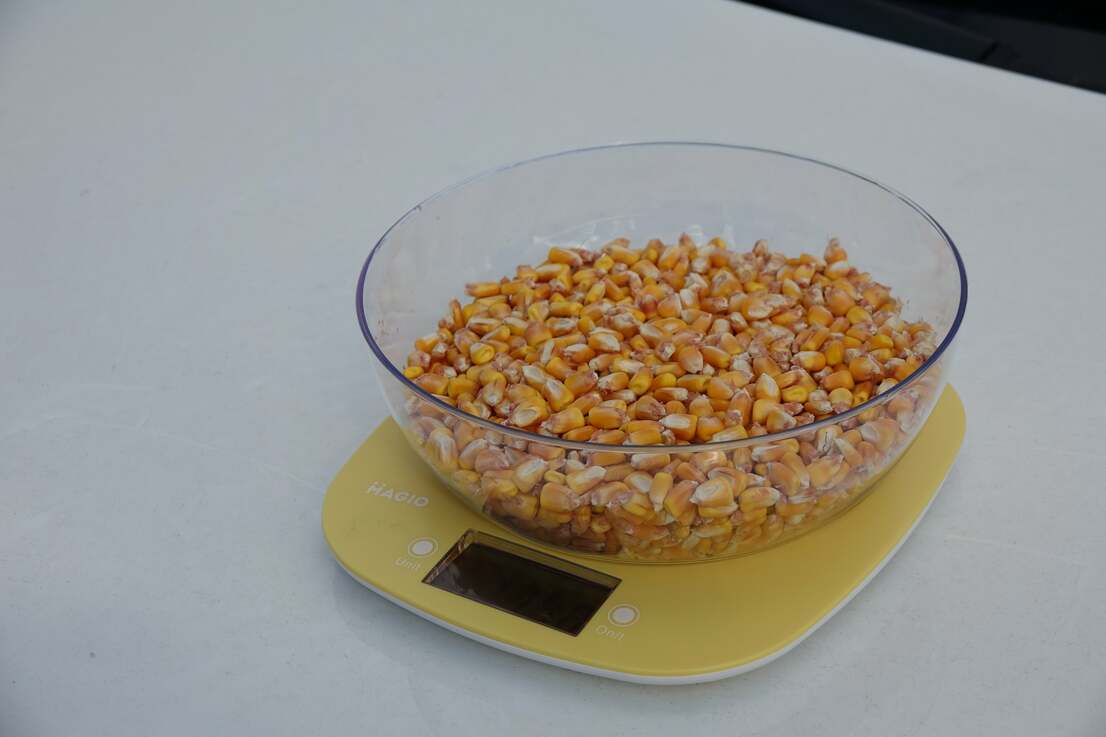Optimization of corn growing technology

In 2019, the farm cultivated 150 hectares of corn using classical technology with 70 cm row spacing and a 1.4-meter drip tape. In addition, the farm used classical soil cultivation technology - plowing, disking and cultivation. Herbicides and insecticides were applied to the field in accordance with the phytosanitary situation.
To optimize costs, the farm's management decided to sow domestic corn seeds. Therefore, they chose hybrids from three leading Ukrainian producers, including the Ukrainian Scientific Institute of Breeding. All the seed was treated with a fungicidal and insecticidal disinfectant and a growth stimulator.
“We put all corn hybrids under the same conditions. Starting NPK, then UAN-32, humate in the drip tape. At the 3-5 and 8-9 leaf stages, we gave microfertilizers per leaf, as well as an insecticide. To be honest, we didn't really expect a high yield on this soil. And so it was: the average yield was 10 tons per hectare. However, the hybrid VN 6763 (FAO 320) yielded 1.5 tons more than the others. Moreover, the grain moisture content was 15%,” says Volodymyr Bilyi.
At the same time, the company noticed that in one of the fields where the domestic seeder sowed seeds with gaps in a checkerboard pattern, the heads of the VNIS hybrid weighed 320-350 g each. This meant a yield of... 20-21 tons!
“This made us think that it is with a similar technology that American farmers set their yield records and get up to 34 tons per hectare. Then we decided to significantly change the cultivation technology,” says Volodymyr Mykolayovych.
To do this, they decided to use a special Great Plains YP-625A | or 425A seeder, which sows using Twin Row technology - a double row. They also began to practice distributed nitrogen application during the growing season, inter-row cultivation with hilling of the surface roots of corn, and mandatory treatment of crops with growth stimulants - both seeds and leaves. In addition, the farm paid special attention to seed calibration.

Stability, efficiency and plans for the future
Also, our interlocutor claims that VNIS corn hybrids shed moisture very well and withstood the heat during the pollination period much better. Also, according to his observations, these hybrids are not afraid of thickening up to 115-120 thousand per hectare if Twin Row technology is used.
“Accordingly, I can say one thing - among domestic hybrids, we choose VNIS! This is an excellent price-quality ratio combined with the stability of cultivation under different soil and climatic conditions. Speaking about the immediate plans for the development of the farm, we also plan to test drip irrigation sunflower, in particular VNIS hybrids. In addition, we are going to fully switch to Twin Row seeding technology,” says Volodymyr Mykolayovych.

 Choose a country
Choose a country